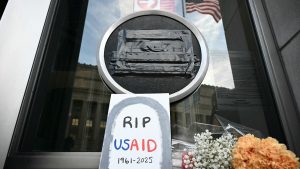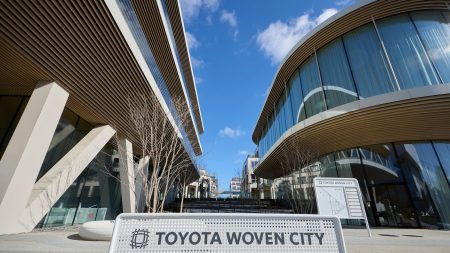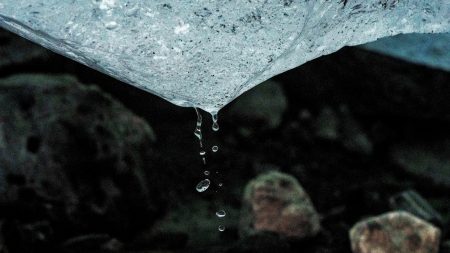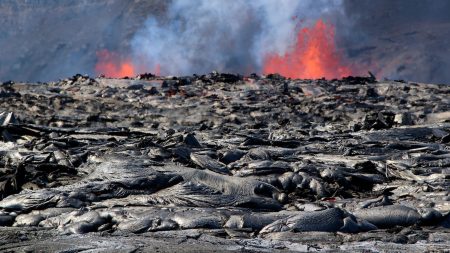Earthquake Swarm Near Santorini Shows Signs of Decline
In recent weeks, the picturesque Greek islands of Santorini, Ios, Amorgos, and Anafi have been shaken by a series of earthquakes, creating a sense of unease among residents and visitors alike. This phenomenon, known as an earthquake swarm, began on January 26 and has been closely monitored by scientists at the University of Athens. The earthquakes, which have ranged in magnitude from minor tremors to a notable 5.3, have led to significant disruptions in daily life.
Thousands Flee as Earthquake Swarm Intensifies
The intensity of the earthquakes, often occurring just minutes apart, prompted thousands of residents and workers to leave the area temporarily. Santorini, famous for its stunning cliffside villages, saw a significant exodus, as did the neighboring islands. Schools on these islands have been closed for four weeks, and various restrictions remain in place to ensure public safety. Despite the challenges, the gradual decline in seismic activity has provided a glimmer of hope for the affected communities.
Scientific Monitoring and Analysis
The Interdisciplinary Committee for Risk and Crisis Management at the University of Athens has been diligently tracking the seismic activity. Between January 26 and February 22, they recorded over 20,000 earthquakes with a magnitude of 1 or higher. While the earthquakes have caused only minor damage, their frequency and concentration in a specific underwater area have kept scientists vigilant. The committee noted that the seismic activity has been declining both in frequency and intensity, with no new surges since February 15.
Understanding the Cause of the Earthquakes
The earthquake swarm is attributed to a combination of natural tectonic movements and magma activity beneath the seabed. These geological processes are a reminder of the dynamic nature of the Earth’s crust. Despite the unsettling nature of the quakes, the damage has been minimal, and the decline in activity suggests that the swarm is subsiding.
Efforts to Restore Normalcy and Prevent Future Risks
As the situation stabilizes, many residents have begun to return to their homes, with numbers picking up since late February. Santorini’s Mayor, Nikos Zorzos, has called for additional government support to address ongoing risks, such as preventing rockfalls and repairing hillside fencing. These measures are crucial for ensuring the safety and resilience of the islands as they work towards a full recovery.
A Community in Recovery
The earthquake swarm has undoubtedly tested the resilience of the island communities. However, with the decline in seismic activity and the gradual return of residents, there is a sense of cautious optimism. The focus now shifts to rebuilding and preparing for potential future events, ensuring that these enchanting islands continue to thrive despite the challenges posed by their dynamic geology.















